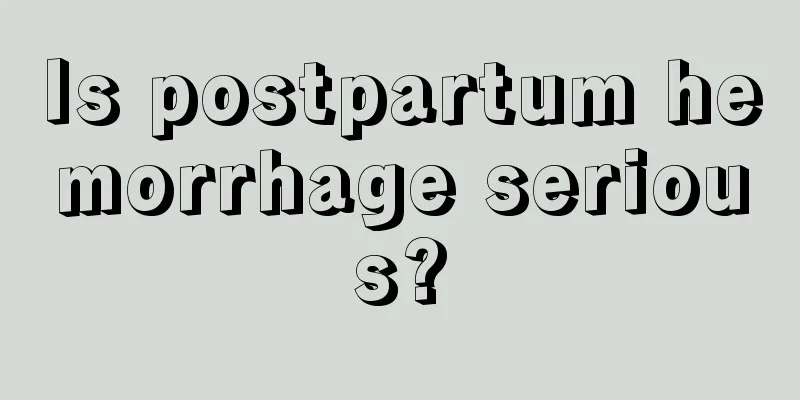A 28-year-old Internet worker died suddenly? How can we prevent it?

|
Recently, the news of the sudden death of a 28-year-old employee of a large Internet company has once again aroused the public's concern about overwork and physical health among young and middle-aged people. The word "sudden death" seems to be a little far from ordinary people, but data shows that it is getting closer and closer to young people. News of sudden deaths of white-collar workers under the age of 30 has been reported frequently in the newspapers. What is “sudden death”? Sudden death refers to a sudden, natural and unexpected death. Its characteristics are that death is sudden and unexpected. The World Health Organization (WHO) stipulates that death within 6 hours of onset is considered sudden death. The connotation of sudden death can be condensed into six words, namely "sudden death due to illness." These six words accurately summarize the three elements of sudden death: the first is that the patient is already dead. The second is that the patients died of their own diseases, and the cause of death was internal factors of the patients' bodies, not external factors. The third is that sudden death occurs suddenly. There are no signs on the patient's body surface, and it is not known until the sudden death occurs. This is the most heartbreaking part of sudden death. There are four types of sudden death: sudden cardiac death, sudden stroke death, sudden pulmonary death and food-induced sudden death. Sudden cardiac death accounts for more than 80% of all sudden death cases. Patients with sudden cardiac death all have primary underlying heart disease and generally die within 1 hour, and some only last a few minutes. Most cases of sudden brain death are caused by cerebral hemorrhage, which lasts from a few hours to a day. Pulmonary sudden death is caused by diseases such as emphysema and bronchitis. Food-induced sudden death usually occurs in the elderly, who have poor chewing function and are prone to choking when swallowing food, leading to respiratory obstruction and sudden death. There are many causes of sudden death. For people with a family history of sudden death, the risk of sudden death among family members is several times that of normal people. Excessive pressure in life, work and study is also one of the important causes of sudden death among modern people. Appropriately reducing stress or improving one's ability to withstand stress are both good solutions. Bad living habits are the most common cause of sudden death among modern people. It will subtly affect our internal organs. Over time, it is easy to leave hidden dangers to our body. For example, sudden death caused by staying up late is a good example. Patients with coronary heart disease or cardiovascular and cerebrovascular diseases are also prone to sudden death. Proper secondary prevention and treatment of coronary heart disease can significantly reduce the probability of sudden death. Sudden death happens very suddenly, and it is difficult for both the patient and his family to accept this fact. So are there any signs of it? Can there be time for treatment? Dongdongmiao's search found that severe dizziness, headache, black eyes, even repeated fainting and irregular heartbeat symptoms may all be precursors to sudden death. Pale complexion and sweating may also occur. If you stay up late often and very late, it will lead to sudden death. To prevent sudden death, we must first avoid staying up late, and also treat underlying diseases such as hypertension, coronary heart disease or diabetes. We should actively treat the underlying diseases and primary diseases, protect our cardiopulmonary function, do some appropriate aerobic exercise, etc. Once a diagnosis of sudden death is made, emergency treatment should be initiated immediately. First, perform cardiopulmonary resuscitation by tapping the precordial area. If the heart does not beat again, then choose external chest compressions, trying to avoid using excessive force to cause rib fractures. Finally, you can choose mouth-to-mouth artificial respiration, 12 times per minute, and do one mouth-to-mouth artificial respiration for every 4-5 heart compressions. After successful CPR, post-CPR treatment is required to avoid secondary injuries. Drug treatment or artificial cardiac pacing can be used to restore heart rhythm, blood pressure, and cardiac function; the airway should be kept open to prevent lung infection; brain hypoxia should be prevented and treated, and cerebral edema should be prevented and treated as early as possible. In general, we should learn to pay attention to the maintenance of the body as a "machine" to make the body's "operation" sustainable. We should timely predict potential danger signs, do daily physical exercise and rest, keep "sudden death" away from us, and keep "health" close to you and me. Produced by: Dongdongmeow WeChat ID: Dongdongmeow (ID: dongdongmeow) Video account: Dongdongmiao, Weibo: @Dongdongmiao Science Popularization |
<<: What is the difference between beet sugar and cane sugar? Benefits of boiling sugarcane water
>>: Does sugar cane reduce internal heat? Are there any benefits to eating sugar cane?
Recommend
Why is there a lot of blood during menstruation?
Too much or too little menstrual blood can cause ...
Why do women sweat easily?
It is normal for guys to sweat when the temperatu...
Why is the menstrual flow so heavy?
Menstruation is a woman’s best friend and comes t...
Here are five recommended soup recipes for autumn and winter health preservation!
Autumn and winter are good seasons for health pre...
Leucorrhea in the first week of pregnancy
The vaginal secretions in each pregnancy cycle ar...
Are oral anti-inflammatory drugs effective for pelvic inflammatory disease?
I believe that for many female friends, they are ...
[First Aid Tips] Issue 27 - Do I need to get vaccinated after being bitten by someone?
Yesterday, I went to Guangming Primary School in ...
What causes gestational sac effusion?
Gestational sac effusion is a common disease in e...
Leucorrhea routine cleanliness level three
If women have some gynecological diseases, it wil...
What are the differences between COVID-19, colds and flu? A picture shows how to quickly identify them!
In the absence of nucleic acid and antigen testin...
The harm of eating spicy hot pot to women
Chuan Chuan Xiang is one of the foods that people...
What are the symptoms of breast cysts?
I believe everyone has heard of the disease calle...
How to promote lactation and promote milk secretion?
From pregnancy to childbirth, women need to go th...
Causes and treatments of swollen eyelids
Some female friends who often stay up late will h...
Which is warmer, fur or parka? Which fur lining is better for parka?
Parkers and furs are both commonly used warm clot...









